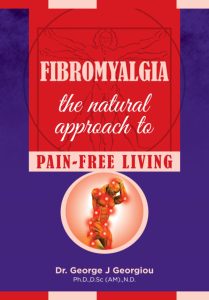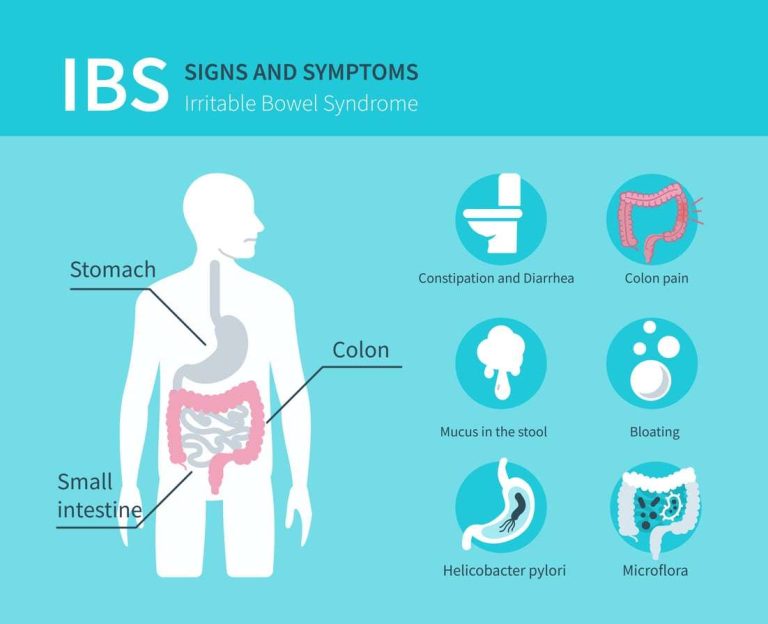Ginkgo Biloba and Memory Loss
INTRODUCTION
An abundance of research has been undertaken on this ancient plant, revealing a wide range of profound and important therapeutic effects. They can be grouped into cardiovascular, neurological and metabolic effects.
In Germany alone, ginkgo biloba prescriptions (it is prescribed by doctors in Germany) retailed at $280 million in U. S. dollars, according to a report of 1994. One German manufacturer, Schwabe, sold almost $2 billion U. S. dollars worth of Ginkgo biloba extract worldwide in 1993.
What makes ginkgo so attractive is its ability to increase cerebral blood flow, as well as blood flow to other areas in the body. Gingko biloba extract (GBE) has been extensively studied, and it has a number of positive effects on dementia, both due to poor circulation and due to Alzheimer’s disease. It is known to contain unique types of molecules called ginkgolides. These molecules block a substance in the body called platelet activating factor (PAF). PAF is a chemical messenger which is involved in inflammation, constriction of blood vessels, increased clotting in the circulation, and (probably) loss of cerebral function in dementia. Also, like many other plant substances, GBE is a potent antioxidant, and oxidation damage contributes to loss of brain function in the elderly.
There are over 50 double-blind studies showing the effectiveness of Gingko in cerebral insufficiency, and several that show positive effects in (early) Alzheimer’s Disease. GBE seems to improve mental function at younger ages as well, shown by a number of clinical studies of memory and alertness. It has been tried successfully against other medications for cerebral function, and an 1992 article in Lancet (Kleijnen and Knipschild) stated unequivocally that the research supporting the use of GBE is on par with the research supporting most accepted medications.
The anti-inflammatory and antioxidant effects of Gingko also make it a possible choice in asthma, allergy, and eczema, and it has been studied in the retinopathy of diabetes, in cardiac ischemia, and in peripheral vascular problems. Two studies have shown successful treatment of impotence, even in men unresponsive to papaverine injections. The dose of almost all studies has been standardized, so searching for the right GBE involves looking at the label. It should say 24% ginkgo flavon glycosides, and is usually given 40 mg three times a day. The most recent Alzheimer’s study used a double dosage, which may be necessary in this condition. Treatment of conditions with GBE should continue for three to six months, before full effects can be assessed. There are few side effects with ginkgo biloba, but headaches, dizziness and stomach upset can occur, especially at the higher dose.
HISTORICAL OR TRADITIONAL USE
Medicinal use of ginkgo can be traced back almost 5,000 years in Chinese herbal medicine. The nuts of the tree were most commonly recommended and used to treat respiratory tract ailments. A tea of the leaves was occasionally used for elderly persons experiencing memory loss.
ACTIVE CONSTITUENTS
The medical benefits of Ginkgo biloba extract (GBE) rely primarily on two groups of active components: the ginkgo flavone glycosides and the terpene lactones. The 24% ginkgo flavone glycoside designation on GIBE labels indicates the carefully measured balance of bioflavonoids. These bioflavonoids are primarily responsible for Gingko’s antioxidant activity and ability to inhibit platelet aggregation (stickiness). These two actions may help GIBE prevent circulatory diseases such as atherosclerosis and support the brain and central nervous system.
The unique terpene lactone components found in GBE, known as ginkgolides and bilobalide typically make up 6% of the extract. They are associated with increased circulation to the brain and other parts of the body as well as exert a protective action on nerve cells . Ginkgolides may improve circulation and inhibit platelet activating factor (PAF). Bilobalide protects the cells of the nervous system. Recent animal studies indicate that bilobalide may help regenerate damaged nerve cells.
THERAPEUTIC USES
Ginkgo has wide application for treating various forms of vascular and neurological disease. It has been recommended for:
* vertigo, headache, tinnitus, inner ear disturbances including partial deafness
* impairment of memory and ability to concentrate
* diminished intellectual capacity and alertness as a result of insufficient circulation
* anxiety, depression, neurological disorders : complications of stroke and skull injuries
* diminished sight and hearing ability due to vascular insufficiency
* intermittent claudication as a result of arterial obstruction
* a sensitivity to cold and pallor in the toes due to peripheral circulatory insufficiency
* Raynaud’s disease: cerebral vascular and nutritional insufficiency
* hormonal and neural based disorders as well as angiopathic trophic disorders
* arterial circulatory disturbances due to aging, diabetes and nicotine abuse
* sclerosis of cerebral arteries with and without mental manifestations
* arteriosclerotic angiopathy of lower limbs
* diabetic tissue damage with danger of gangrene: chronic arterial obliteration
* circulatory disorders of the skin, as well as ulcerations caused by ischaemia.
CIRCULATORY ACTIONS
Gingko increases circulation to both the brain and extremities of the body. In addition to inhibiting platelet stickiness, GBE regulates the tone and elasticity of blood vessels. In other words, it makes circulation more efficient. This improvement in circulation efficiency extends to both large vessels (arteries) and smaller vessels (capillaries) in the circulatory system.
COGNITIVE FUNCTIONS
Recently, a ginkgo extract was found to increase alpha wave and decrease theta wave activity following oral intakes of 120 or 240 mg in healthy volunteers . These brain wave changes indicate that Ginkgo extract is capable of improving cognitive function as demonstrated in increased mental sharpness, concentration, and memory. Three double blind studies have now shown that GBE is helpful for persons in early stages of Alzheimer’s disease, as well as the closely related multi-infarct dementia. Patients with other types of dementia also respond to GBE, including, as mentioned above, problems due to poor blood flow to the brain.
Antioxidant properties GIBE has antioxidant actions in the brain, retina of the eye, and the cardiovascular system One double blind study found that GIBE could help people with macular degeneration, an oxidation-related disorder causing decreased or lost vision. Diabetic retinopathy is also improved by GBE, according to a double blind study. Its antioxidant activity in the brain and central nervous system may help prevent age-related declines in brain function. GBE’s antioxidant activity in the brain is of particular interest. The brain and central nervous system are particularly susceptible to free radical attack. Free radical damage in the brain is widely accepted as being a contributing factor in many disorders associated with aging, including Alzheimer’s disease
Antidepressant action One double blind study in Germany found that elderly depressed people with mild dementia (who were not responding to antidepressant medications) responded well to GBE supplementation.
Nerve protection and PAF inhibition One of the primary protective actions of the ginkgolides is their ability to inhibit a substance known as platelet-activating factor (PAF). PAF is a mediator released from cells that causes platelets to aggregate (clump together). High amounts of PAF are associated with damage to nerve cells, poor blood flow to the central nervous system, inflammatory conditions, and bronchial constriction. Much like free radicals, higher PAF levels are also associated with aging.” Ginkgolides and bilobalide protect nerve cells in the central nervous system from damage during periods of ischemia (lack of oxygen to tissues in the body). This action may be supportive for persons who have suffered a stroke.
Tinnitus and balance Ginkgo may improve tinnitus (ringing in the ears) and balance problems related to the inner ear, an important part of maintaining balance. Double blind studies have confirmed the benefit of GIBE for people with tinnitus or vertigo.
HOW MUCH IS USUALLY TAKEN?
GBE, standardized to contain 6% terpene lactones and 24% flavone glycosides, can be taken in the amount of 120-160 mg per day. Relatively high (240 mg per day) amounts have been used in reports studying people with age-associated memory loss, mild cognitive impairment, mild to moderate Alzheimer’s disease, and resistant depression.
GBE may need to be taken for six to eight weeks before desired actions are noticed. Although non-standardized leaf and tinctures are available, there is no well-established dosage for these forms.
ARE THERE ANY SIDE-EFFECTS OR INTERACTIONS?
Ginkgo biloba extract is essentially devoid of any serious side effects. Mild headaches lasting for a day or two and mild upset stomach have been reported in a very small percentage of people using GBE. GIBE is not contraindicated for pregnant and lactating women.
Circulatory conditions in the elderly can involve serious disease. Individuals should seek proper medical care and accurate medical diagnosis prior to self-prescribing GBE. Certain medications interact in a positive and/or negative way with Ginkgo biloba.
WHAT IS A GOOD STARTING DOSE?
Most studies have shown that a good starting dose for most of the conditions discussed above is about 100 mg – an extract containing 6% terpene lactones and 24% flavone glycosides. This can either be taken as one 50mg tabs twice daily, or a single 100 mg tab in the morning. Higher doses can be taken under the direction of your health care professional.
The herbal formula BRAIN FOOD combines Gingko with other herbs that can help memory and cognitive functioning in general.










